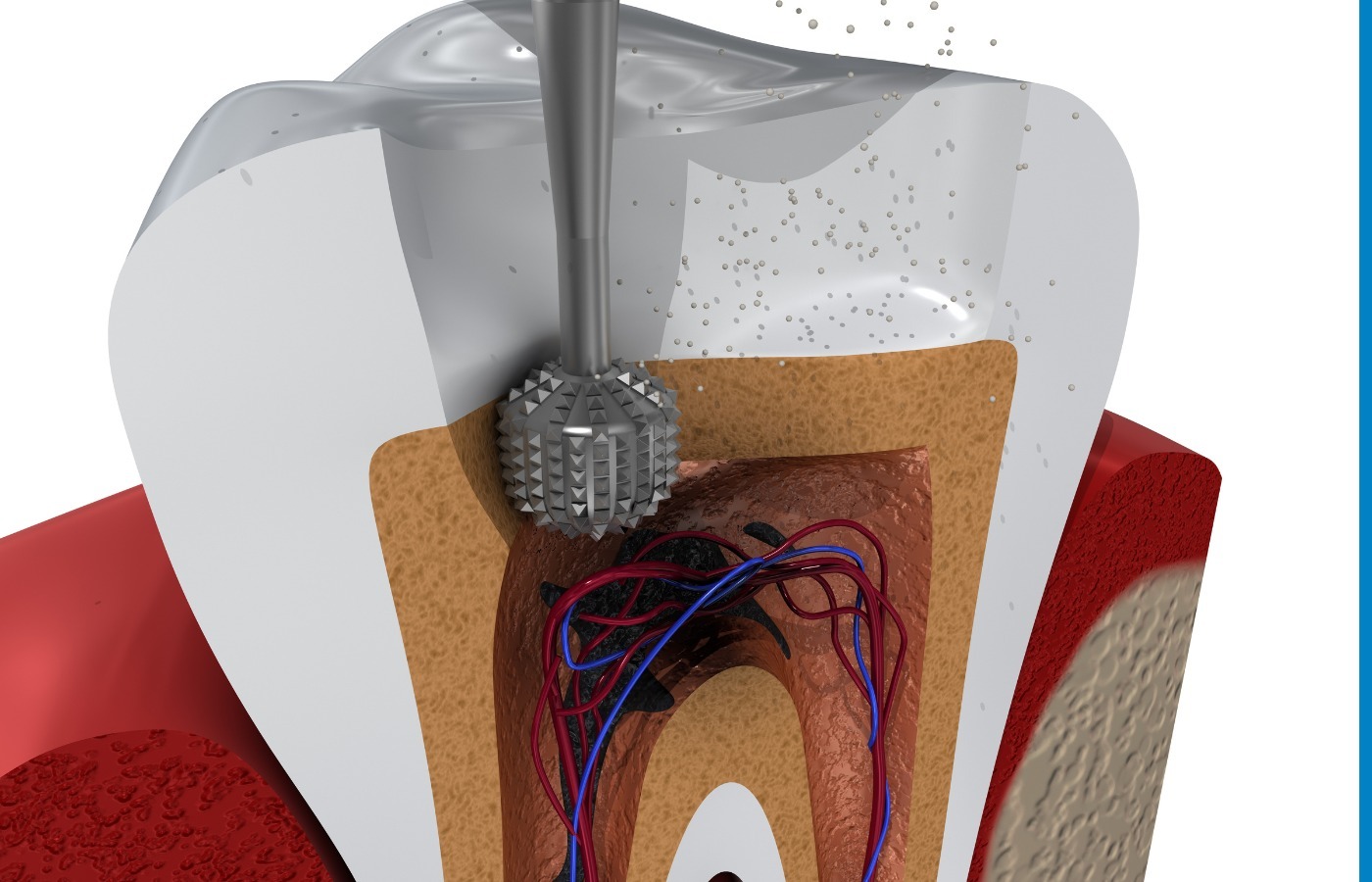
A dental root canal treatment is one of the most common procedures used to save a tooth that is severely decayed or infected. If you’re experiencing severe tooth pain or sensitivity, a root canal might be the solution to relieve discomfort and restore your oral health. But when is the ideal time to get a root canal? This blog will guide you through the key signs, steps, and the perfect timing to undergo root canal treatment.
Before we delve into when you should get a root canal, let’s first understand what it is. A dental root canal treatment involves removing infected or damaged tissue from the inside of the tooth, particularly from the pulp and nerves. After the infection is cleared, the space is cleaned and sealed to prevent further issues.
This procedure is often recommended when the tooth’s pulp, which contains nerves and blood vessels, becomes infected or damaged due to decay, trauma, or repeated dental procedures.
Knowing the signs that indicate when a root canal is necessary can help you avoid serious dental complications. If you experience any of the following symptoms, it might be time to consider visiting your dentist for an evaluation:
1. Severe Tooth Pain
One of the most common signs of needing a root canal treatment is intense tooth pain. This pain is often persistent and may get worse when you eat, chew, or apply pressure to the affected tooth. It can also be spontaneous, waking you up at night. If you have a toothache that won’t go away or keeps coming back, it might be due to an infected tooth pulp, which a root canal can treat.
2. Sensitivity to Heat or Cold
If you experience prolonged tooth sensitivity to hot or cold foods and drinks, it could be a sign of damage to the pulp of the tooth. When the infection or damage is deep, the nerves in the pulp become exposed, causing pain that lingers even after the stimulus is removed.
3. Swelling and Tenderness in the Gums
Swollen gums near the affected tooth can also indicate a tooth infection that requires a root canal. In some cases, you may notice a pimple-like bump on your gums near the tooth, which can release pus if the infection is severe. This is a clear sign that a root canal may be necessary to remove the infection and prevent further damage.
4. Darkening of the Tooth
If a tooth changes color and becomes darker than the surrounding teeth, it could indicate that the pulp inside the tooth is damaged or infected. A root canal can help preserve the tooth and restore its natural color.
5. Frequent Tooth Infections
If you’ve had multiple dental procedures on the same tooth or have had recurring infections, a dental root canal treatment might be needed to address the underlying issue. Repeated infections are a strong indicator that the pulp is severely damaged and needs to be removed to avoid further complications.

If you’re experiencing any of the signs mentioned above, your dentist may recommend a root canal treatment. Here’s an overview of the typical root canal treatment steps:
1. Diagnosis and Evaluation
Your dentist will first conduct a thorough examination of your tooth. This includes taking X-rays to assess the extent of the infection or damage and confirm the need for a root canal. They may also perform tests to check for pain and sensitivity.
2. Local Anesthesia
To ensure the procedure is as comfortable as possible, your dentist will administer a local anesthetic to numb the area around the affected tooth. This will prevent you from feeling pain during the treatment.
3. Removing the Infected Tissue
Once the area is numbed, the dentist will create a small opening in the top of the tooth to access the pulp chamber. They will remove the damaged or infected pulp and clean the area thoroughly. This step ensures that all bacteria are removed and helps prevent further infection.
4. Cleaning and Shaping the Root Canals
After the pulp is removed, the dentist will clean and shape the root canals to prepare them for filling. Special tools are used to ensure that the canals are properly shaped to fit the filling material.
5. Filling the Root Canals
Once the root canals are cleaned and shaped, the dentist will fill the space with a rubber-like material called gutta-percha. This material seals the canals to prevent any further bacterial growth.
6. Sealing the Tooth
The final step of the procedure is to seal the tooth. Your dentist will place a temporary filling on the tooth to keep it protected until a permanent crown is placed. In many cases, a dental crown is required to restore the tooth’s strength and appearance.
Before Treatment
Before undergoing a root canal, you may experience pain, swelling, or sensitivity in the affected tooth. The tooth may look discolored, and it could be difficult to eat or chew without discomfort. At this stage, your dentist will conduct a thorough examination to determine whether a root canal is the best option.
After Treatment
After the root canal is completed, the pain and swelling should subside within a few days. Most patients feel a significant relief from the discomfort they were experiencing before treatment. You’ll also need to return to your dentist to have a permanent crown placed to restore the tooth’s strength and appearance. It’s important to follow your dentist’s post-treatment instructions carefully to ensure proper healing and prevent complications.
The best time to get a root canal is as soon as you experience symptoms like severe pain, prolonged sensitivity, or swelling. Delaying treatment can lead to further damage to the tooth, making the procedure more complex and expensive. In some cases, untreated infections can lead to tooth loss or the spread of bacteria to other parts of the body, leading to more serious health issues.
A dental root canal treatment is an effective solution for saving a tooth that is infected or severely damaged. If you notice any of the signs mentioned earlier, such as persistent pain or swelling, it’s important to visit your dentist as soon as possible to assess the situation. By catching issues early, you can prevent further damage and ensure that your root canal treatment is successful.
If you need expert care for your root canal, consult with Diagnopein, where we provide comprehensive dental services, including root canal treatment, at competitive prices. Our experienced team ensures the best possible outcome for your oral health.